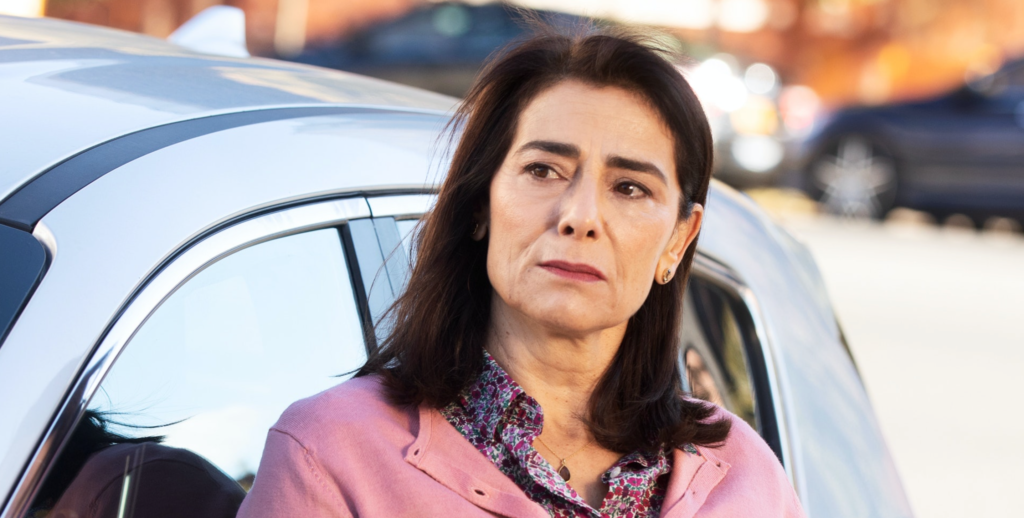Last year, Dr. Stacy L. Smith and the USC Annenberg Inclusion Initiative released a study outlining the inadequate representation the Muslim community has received in popular film in recent years. Now, Smith and the Inclusion Initiative, with the support of Riz Ahmed’s Left Handed Films, the Ford Foundation, and Pillars Fund, are analyzing television portrayals of Muslims — unfortunately, the situation is, once again, fairly dire. According to “Erased or Extremists: The Stereotypical View of Muslims in Popular Episodic Series,” despite comprising a quarter of the global population, Muslims made up just one percent of speaking characters (n=98) across the 200 top-rated series airing in the U.S., U.K., Australia, and New Zealand in 2018 and 2019.
Of the 8,885 speaking characters studied in the sample, Muslim characters were outnumbered by non-Muslims by about 90-1. Eighty-seven percent of the 200 series analyzed (n=174) featured zero Muslim characters, and only eight percent (n=16) depicted one or more Muslim characters.
“Not only is this radical erasure an insult, it has the potential to create real-world injury for audiences, particularly Muslims who may be the victims of prejudice, discrimination, and even violence,” lead study author Al-Baab Khan said of the stats.
Breaking the data down further, the majority of Muslim characters were, unsurprisingly, men. Over two-thirds of Muslim characters were male, 30.6 percent were female, and zero characters were coded as non-binary.
The portrayals of Muslim women TV characters were especially stereotyped. Only 21.6 percent of Muslim female characters were depicted as having a job — and nearly all of them were in the medical field. “More than half of Muslim girls and women in the sample were shown wearing a hijab, even though Muslim boys and men were shown wearing a diverse range of attire (e.g., topis, kurtas, jeans, t-shirts, etc.). Muslim women were often depicted as fearful and submissive to their male counterparts,” the study details.
As for other intersections of identity, most (52 percent) of the Muslim TV characters studied were Middle Eastern/North African, 28.6 percent were Asian, and 13.3 percent were Black. Nearly half (48.5 percent) were young adults, about a quarter were middle aged, and none were children aged five or under. Just two elderly Muslim characters were present in the sample. Zero characters were depicted as living with a disability, and only one Muslim speaking character was coded as being LGBTQ, “a 21-to-39-year-old Asian lesbian who played a supporting role in the U.K. series, ‘Next of Kin.'”
Thirty percent of the 98 Muslim speaking characters were “perpetrators of violence” and 40 percent were “targets of violent attacks.”
“The findings in this study reveal how rarely content creators think about including Muslims in popular storytelling — particularly girls and women,” Smith stated. “As a result, viewers would have to watch hours and hours of content before seeing even a single portrayal of a Muslim character — with even more time required to find a portrayal that is not linked to violence or extremism.”
“TV shows are the stories we bring into our homes. They play a big part in shaping how we understand the world, each other, and our place within it. This study reminds us that when it comes to Muslim portrayals, we’re still being fed a TV diet of stereotyping and erasure,” Ahmed stressed. “For Muslims, this sends a message that they don’t belong or don’t matter. For other people, we risk normalizing fear, bigotry, and stigmatization against Muslims.” He continued, “Networks and streaming services need to embrace their responsibility to ensure Muslims of all backgrounds see themselves reflected in our favorite TV shows. And they would be wise to embrace this gigantic opportunity to reach and connect with an underserved global audience — not just as part of a passing diversity fad but as a decisive shift towards inclusive story-telling.”
Check out the entire “Erased or Extremists” study here.







